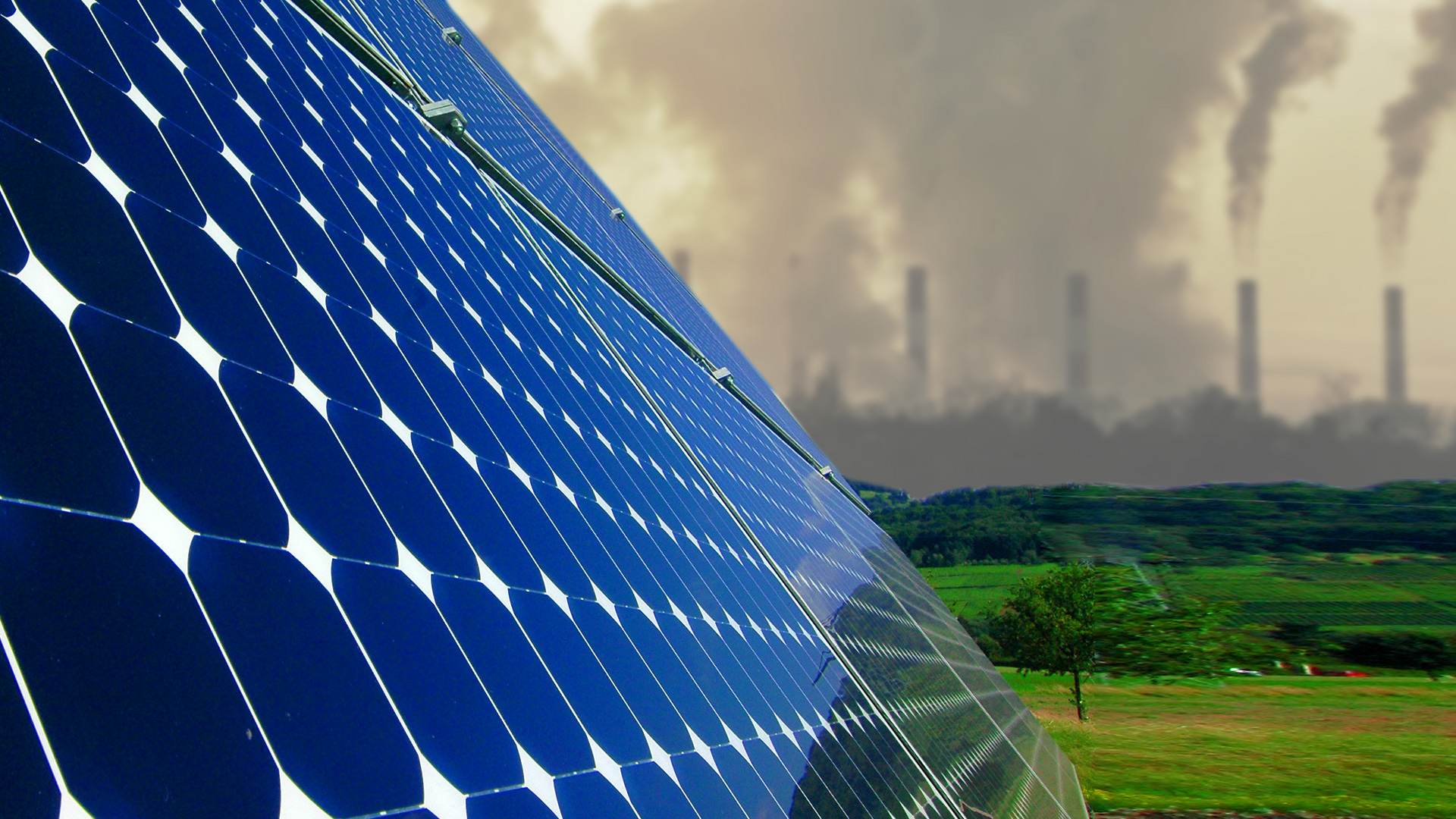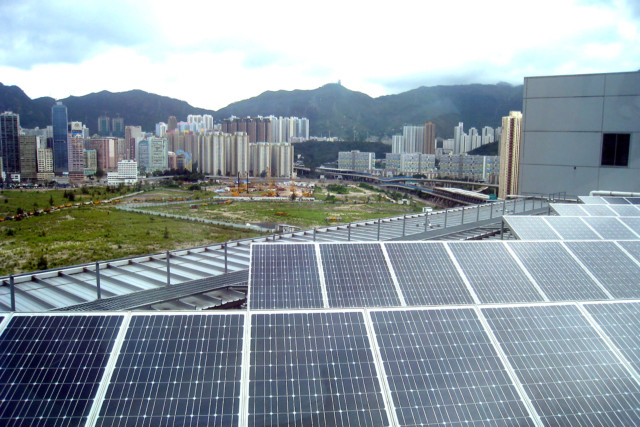Prelude
On January 18, only two days before the end of President Obama’s administration, the U.S. State Department made a $500 million installment to the United Nations’ Green Climate Fund (GCF), which is a key part of the Paris Climate Agreement.
Two months later, the first budget proposal of U.S. President Donald Trump has directed an end to funding for the U.N. Green Climate Fund. Previously, the U.S. had committed to $3 billion to the fund and has so far given about $1 billion. The Trump Administration is calling for deep cuts to a wide range of environmental programs.
In a press briefing following the release of Trump’s proposed budget, Mick Mulvaney, head of Trump’s Office of Management and Budget, stated what the administration’s attitude towards climate change was.
“We consider that to be a waste of your money,” he said.
An end to financial support for the Green Climate Fund could effectively remove the U.S. from the Paris Agreement, a major accomplishment by the Obama administration and nearly 200 other nations that was years in the making.
Some say if the U.S. withdraws its support for the GCF and other international agreements, China may destined to emerge as the global leader in combatting climate change.
“If China is seen as the new, de facto leader in climate change, it is because the U.S. has skipped town on its climate commitments and left China holding the bag,” Katharine Lu, Sustainable Finance Coordinator for Friends of the Earth U.S., told CGTN America in an email.
What is the Green Climate Fund?
The Green Climate Fund was established with a mission of keeping the global temperature increase below 2 degrees Celsius. To accomplish that, its primary initiative is to aid countries in developing low-emission energy technologies.
Two main focus areas of the GCF are:
Under guidelines set at the 2009 Copenhagen Accord, developed nations that were responsible for a larger historical share of global greenhouse gases (GHG) would help fund $100 billion annually to help poorer, developing nations. A great portion, though not all of these funds, would be funneled through the Green Climate Fund, which has already raised $10 billion.
In 2015, China pledged more than $3 billion to the GCF. Additionally, China also announced that it would spend $360 billion through 2020 in developing renewable power sources like solar, wind and thermal.
That amount is about 45 times greater than the Trump administration’s proposed 2018 budget for the Environmental Protection Agency, currently set at $8.1 billion.
China’s commitment to renewable energy
In the mid-1990s, China began its ascent as a major force in international trade and production. With a drastic rise in GDP over the past 15 years, also came overwhelming pollution around urban and industrial centers. Since 2005, China has far surpassed the U.S. as the leading emitter of greenhouse gas (GHG.)
But a number of other things have happened since China took the number one slot for GHG emissions.
Li Shuo, Senior Climate and Energy Policy Officer for Greenpeace East Asia, told CGTN America he believes China has already put itself on a path towards climate leadership.
“China has managed a U-turn since the 2009 Copenhagen climate summit,” Li said. “It has transformed itself from a climate villain to a reluctant leader, and now on track to become a true hero.”
Solar solutions
For the last decade, solar panels have been the center of China’s clean energy sector with five of the six biggest solar firms worldwide being Chinese. Increased production has reduced solar panel costs by about 30 percent since 2015, according to one report.
Energy leaders expect by the end of 2017, China will have enough manufacturing capacity to produce 51 gigawatts (GW) of photovoltaics per year – more than twice as much as 2010’s total global production of 24 GW.
China intends to become the world’s largest producer of electric vehicles (EV), with the government hoping to have five million EVs on its roads by 2020. In addition to environmental benefits, China’s leaders wish to stake a claim in the growing “new energy vehicle” market.
Powering urban centers
In addition, to combat overwhelming smog, major urban and industrial areas in China are taking steps to remove high emission vehicles from the road and gradually shifting their energy supply to cleaner sources.
According to Xinhua, Beijing has become China’s first city to have all its power plants fueled by natural gas, an objective laid out in 2013 in the capital’s five-year clean air action plan.
China’s ongoing investment is helping it emerge as an industry leader in the renewables market.
Climate finance
Katharine Lu says China is forging its own path in fighting climate change by exploring new models for environmental finance.
“For instance, in 2005, China published green finance regulations to curb financing away from high carbon emissions, high pollution industries. Since then, China has even required banks to consider the climate change impacts of their investments,” she said.
Lu said China still has a long way to go – especially in monitoring environmental impact of investments overseas – but has made “admirable progress in fighting climate change through new avenues,” such as green finance.
Li Shuo from Greenpeace says China is headed in the right direction, but points out continuing challenges related to carbon emissions from coal, which contributes more than 60 percent of the country’s energy supply.
“The phase down process has already begun, and coal is on decline [in China] for the past three years. This needs to accelerate though,” Li said. “Growth of coal consumption in China singlehandedly contributed to half of global CO2 emission growth in the last decade.”
Looking forward – and skyward
The Trump administration also plans to aggressively cut NASA missions designed to study the climate (The Plankton, Aerosol, Cloud, Ocean Ecosystem mission, the Orbiting Carbon Observatory-3 mission and the Climate Absolute Radiance and Refractivity Observatory Pathfinder mission).
Meanwhile, China launched TanSat, its first carbon monitoring satellite, in December 2016 to monitor global carbon emissions and share data with its ground stations and climate organizations worldwide.
Contrasting views
The proposed elimination of climate funding by the Trump administration came as no surprise. On the campaign trail, Trump referred to environmental regulations under the Obama presidency as “business killers” and vowed to eliminate them.
Many in his cabinet, including his EPA Administrator Scott Pruitt, have been openly critical of climate related policy – and the science behind it.
Trump has even mocked the notion of global warming, at one point tweeting “The concept of global warming was created by and for the Chinese in order to make U.S. manufacturing non-competitive,” and “This very expensive GLOBAL WARMING (B.S.) has got to stop.”
The concept of global warming was created by and for the Chinese in order to make U.S. manufacturing non-competitive.
— Donald J. Trump (@realDonaldTrump) November 6, 2012
In contrast, Chinese President Xi Jinping expressed a different view in his U.N. keynote speech in Geneva on January 18, two days before Trump took office.
“There is only one Earth in the universe, and we mankind have only one homeland… We must maintain harmony between man and nature and pursue sustainable development, ” said President Xi.
Public perceptions
Ignoring climate issues could end up hurting Trump politically. According to a survey conducted by Yale University and George Mason University right after the U.S. presidential election, approximately 70 percent of the U.S. voters supported engagement in the Paris Agreement.
If China and other nations continue to move ahead toward climate aware policies and economy, Li Shuo believes it will isolate the U.S.
“One reason countries achieved political breakthrough in recent years on climate politics is they realize the significant economic opportunities a low carbon economy could present.” Li said. “Going against the tide will indeed risk being left behind.”
 CGTN America
CGTN America








